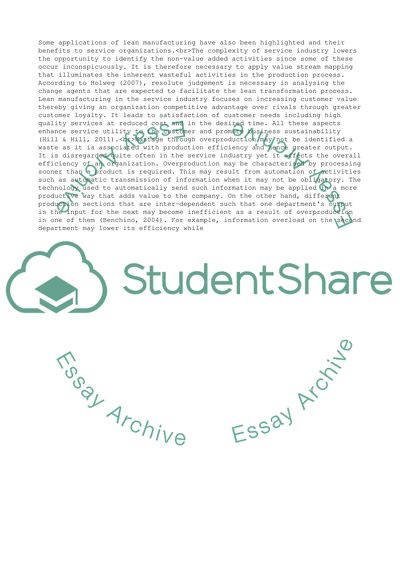Cite this document
(How has Lean Manufacturing influenced the Service Industries Essay, n.d.)
How has Lean Manufacturing influenced the Service Industries Essay. https://studentshare.org/management/1813187-how-has-lean-manufacturing-influenced-the-service-industries
How has Lean Manufacturing influenced the Service Industries Essay. https://studentshare.org/management/1813187-how-has-lean-manufacturing-influenced-the-service-industries
(How Has Lean Manufacturing Influenced the Service Industries Essay)
How Has Lean Manufacturing Influenced the Service Industries Essay. https://studentshare.org/management/1813187-how-has-lean-manufacturing-influenced-the-service-industries.
How Has Lean Manufacturing Influenced the Service Industries Essay. https://studentshare.org/management/1813187-how-has-lean-manufacturing-influenced-the-service-industries.
“How Has Lean Manufacturing Influenced the Service Industries Essay”. https://studentshare.org/management/1813187-how-has-lean-manufacturing-influenced-the-service-industries.


